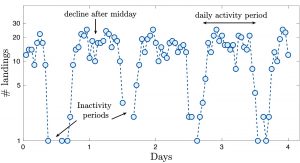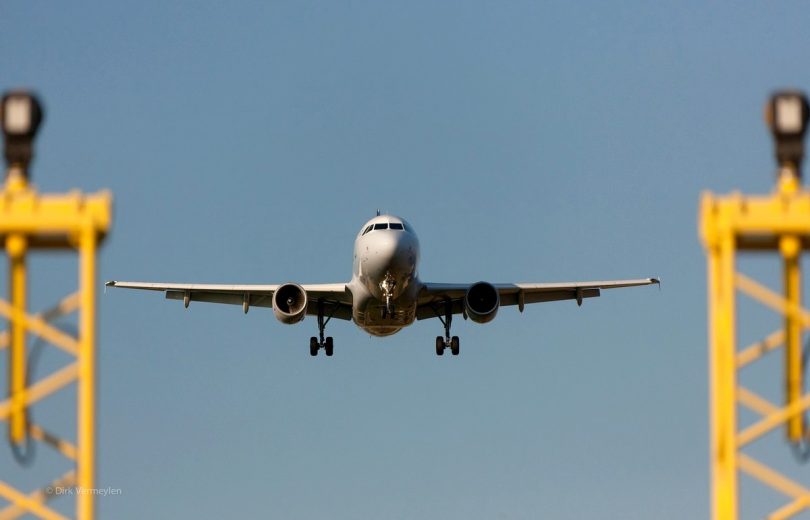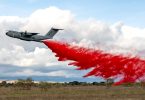[AIP] – Air traffic is a significant and complex problem. Near misses between passenger planes on runways have been making headlines lately and raising safety concerns as airports try to accommodate more travelers in the wake of Covid-19. Also, as any disgruntled air traveler knows, a single aircraft’s late landing at a busy airport can trigger an avalanche effect and cause a series of subsequent delays.
In “Chaos” – a publication from American Institute of Physics (AIP) – a team of scientists from Spain and Argentina presented an original oscillating short-term memory model, with just two parameters, to study the dynamics of landing events at 10 major European airports. The model can estimate how landing volumes will influence those in consecutive hours – a critical ability given airport capacity constraints and external events that cause landing delays.
Altogether, the model demonstrates that statistical analyses of hourly plane arrival volumes can yield valuable insights into airport operations.
“Characterizing chains of landing delay events, especially quantifying the temporal scale, is key for evaluating an airport’s operational performance,” said author Felipe Olivares. “If directly identifying interactions is not possible, a solution is to analyze the signatures they leave in time series as representative of the system’s aggregated dynamics. The main idea [of the study] is to use statistical physics tools to obtain insights about airport operations, when only macroscale information, the hourly landing volume, is available.”

This graph depicts four days of hourly landing volumes at Milan Malpensa airport, as well as daily oscillations between inactivity periods at night and decreased activity after midday.
Credit: Felipe Olivares
One of the model’s parameters represents the correlation between consecutive hours in landing volume as a metric of an airport’s landing operations efficiency. “This could also help assess the evolution of a facility’s efficiency, understood as the capacity of handling a given traffic volume while generating minimal interaction between aircraft,” said Olivares.
The study also examined the differences between dynamics before and after the peak of Covid-19, determining that the landing flow became more random post-pandemic. That means consecutive hours in landing flow were less correlated. But this was not only caused by reduced traffic because of travel restrictions: it also might reflect a change in interactions between aircraft.
A first of its kind, the study showcases how, via statistical physics, macroscale aeronautical data analysis can reveal information on microscale dynamics. “The main idea is to show how to obtain insights about airport operations when only time series information is available,” said Olivares.





